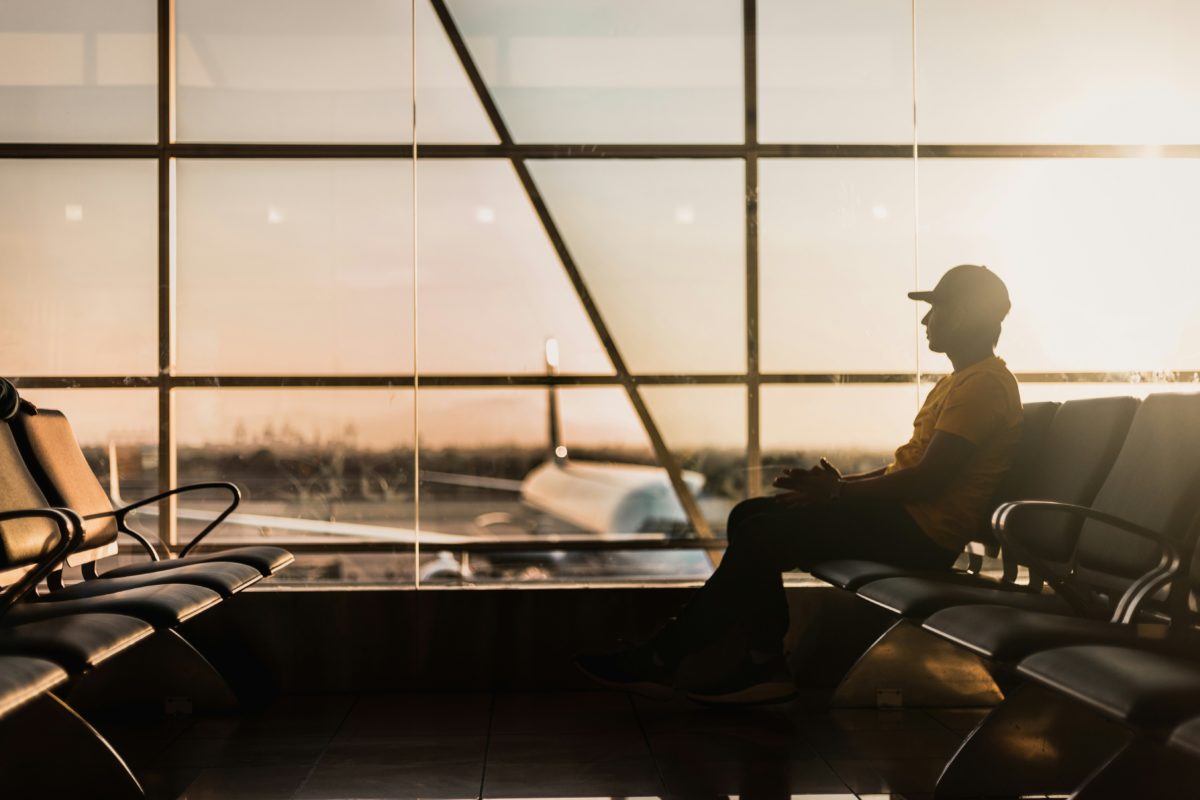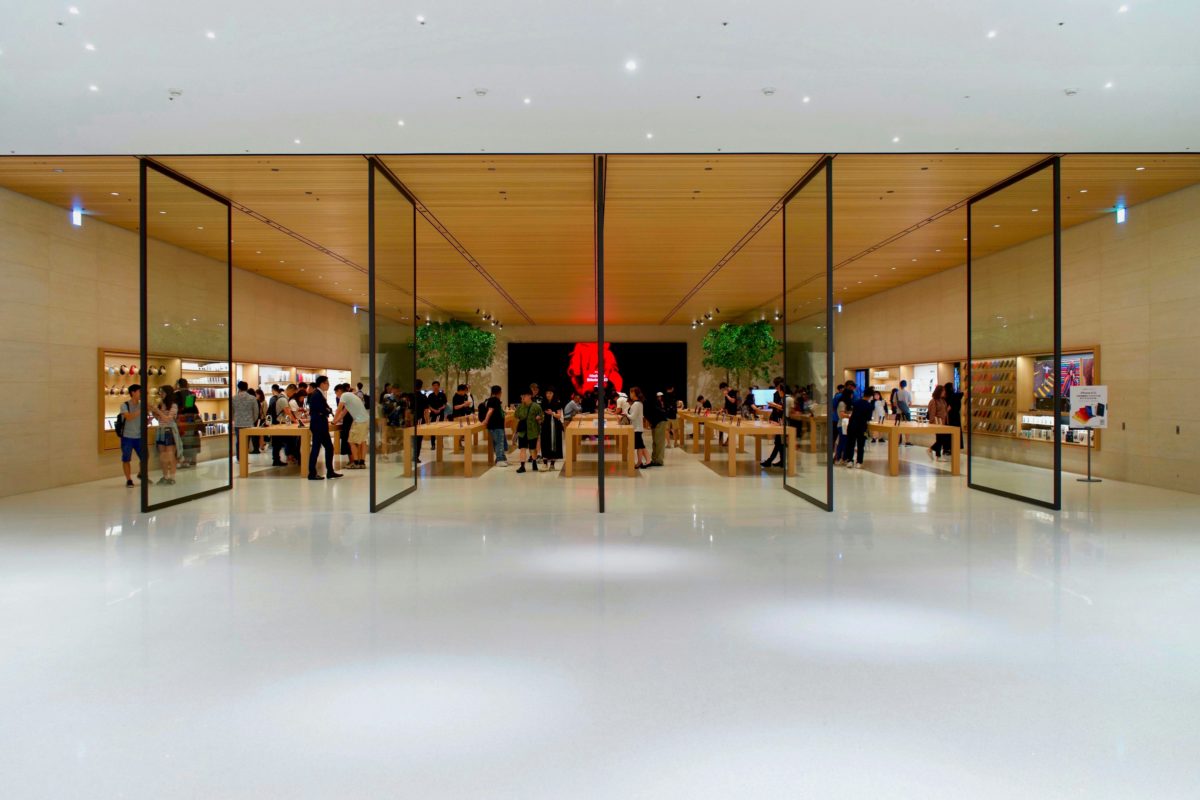Today, the design and delivery of airport environments requires a personalised approach, focusing on passengers at a much finer grain than in the past. It’s no longer viable to design for broad group generalisations, as society demands more tailored and nuanced human experiences. At Benoy, our design process starts with analysis and understanding of the specific needs of end-users within a designated area. This enables us to conceive human-centric design concepts and processes, allowing for the creation of fertile spaces for sustenance, commerce, learning and interaction. Our aim is to create a coherent, unique and holistically sustainable sense of place, aligned to the ‘three Ps’ principle of Purpose, People and Planet.
As well as architecture and interior design, we integrate other storytelling tools such as lighting, sound, biophilia, art and digital installations. But we do this with care, as we recognise the increasing demand for authenticity among passengers and consumers, which requires greater attention to permanence, credibility and coherence. For those airports stepping more purposefully into this design space, the successful creation of statement destinations depends upon meticulously researched propositions that meet the specific needs of customers. This process involves the articulation of brand and values, which need to resonate with the transitory populations that pass through terminal buildings. Virtual relationships, physical design, commercial offers, partners and staff all form a crucial part of this brand experience which, if executed well, can help to engage, delight and even inspire the passengers of today and tomorrow.







